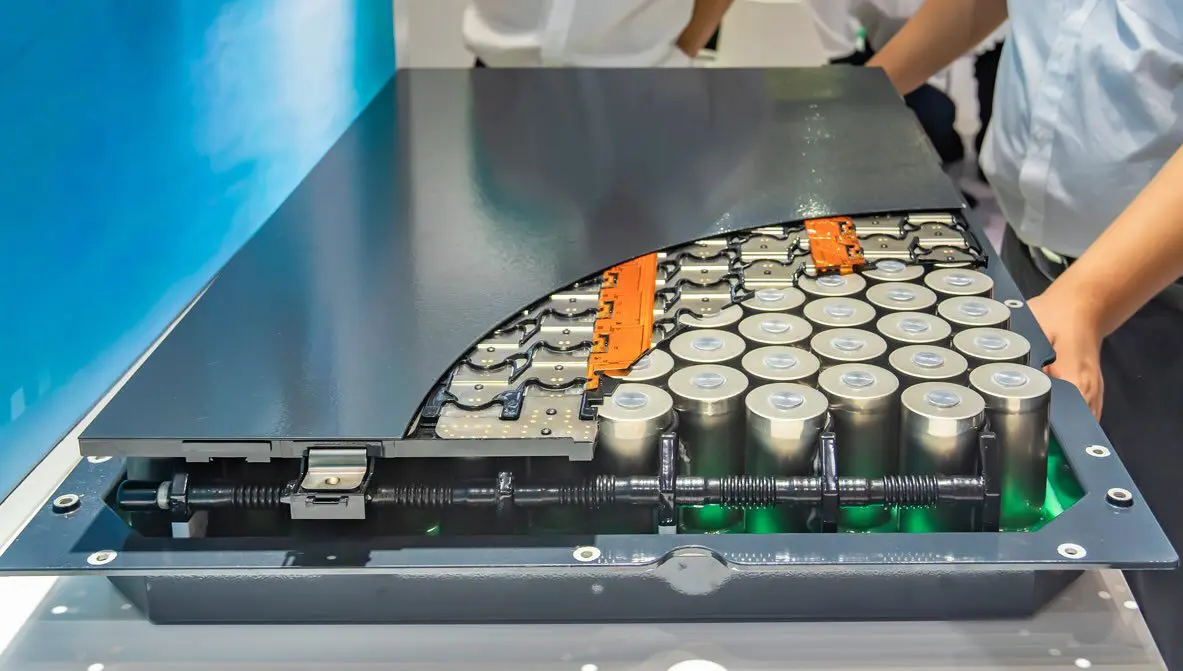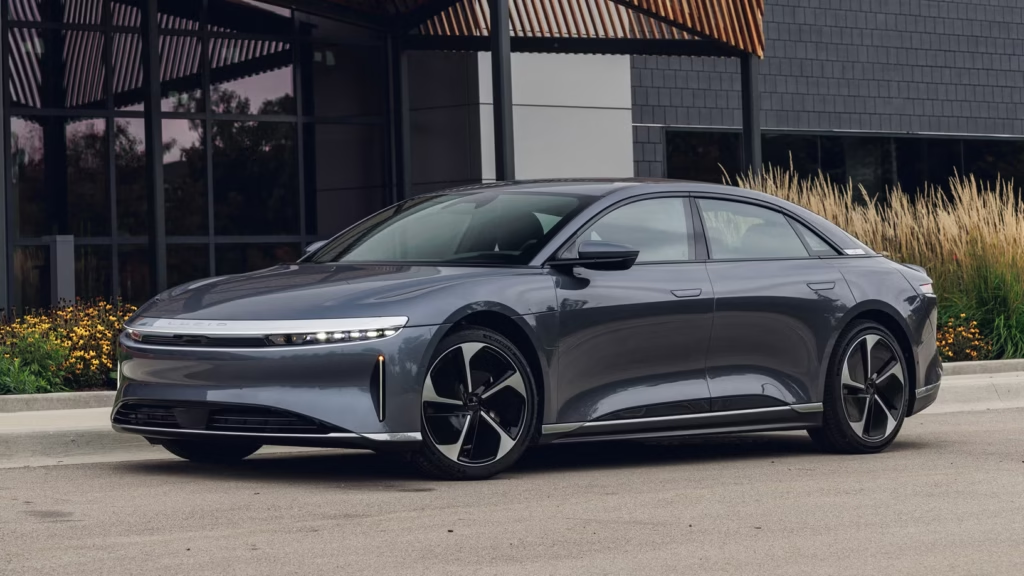Let’s get straight to it: when it comes to electric cars, battery degradation is the one spec the manufacturers never want to talk about. They’ll sell you on 0–60 times, wireless chargers, and panoramic glass roofs all day long. But ask what the range looks like after 100,000 miles, and suddenly nobody has the numbers.
We do.
It’s 2025. We now have enough real-world data from owners, fleet operators, independent testers, and used EV buyers to tell a different story — one that isn’t driven by hype, but by hard numbers. We know which brands are quietly killing it on battery durability. We know which packs hold their range. And we know which early EVs are already showing signs of costly battery loss.
This blog breaks it all down. Not just which 2025 electric cars have the lowest battery degradation, but why they hold up better — and what you should look for when buying used or planning long-term ownership.
Why Battery Degradation Matters More Than You Think
Most EV buyers shop by range. Makes sense. But what you really need to know is what the range will be after five years — not on day one.
All lithium-ion batteries degrade. That’s a fact. The question is how fast, how far, and how evenly. A 300-mile EV that loses 25 percent of its capacity within 4 years? That’s a 225-mile car now — and that changes your life if you commute, road trip, or tow.
This matters more now because the used EV market is booming. And if you’re buying secondhand, you’re buying someone else’s battery history. Fast charging, hot climates, poor thermal management, and high mileage all accelerate degradation. The sticker price might look good — until you realize it’s hiding a worn-out pack.
What Causes Battery Degradation?
Battery degradation isn’t random. It’s driven by how the vehicle was built — and how it was used. Here’s what’s behind it:
- Charging habits: Regular fast charging (especially 100% DC fast charge cycles) increases wear
- Battery chemistry: NMC vs LFP vs NCA chemistries degrade at different rates
- Thermal management: EVs with liquid cooling tend to age better than those with passive air systems
- Depth of discharge: EVs that stay between 20–80% state of charge tend to last longer
- Software tuning: Some brands preserve battery health by limiting access to the full capacity
- Climate: Hot environments speed up battery wear — cold affects short-term range, but not long-term degradation as much
And yes, it’s also brand-dependent. Some automakers have simply built better battery systems — more durable cells, smarter software, and longer-lasting packs.
How We Measured Degradation for This Guide
This isn’t based on marketing claims. We pulled from:
- Verified owner reports (EV forums, Reddit, battery tracking apps like Recurrent and Teslamate)
- Used car diagnostic scans (state-of-health reports)
- Fleet data from ride-sharing and delivery vehicles
- Independent third-party degradation studies
- Our own editorial review of vehicle age, warranty coverage, and software performance
We focused on real-world range loss — the percentage drop from original EPA-rated range to what drivers are now getting. Not what the dash says. What the car actually does.
And we only included models with at least three years of trackable usage, OR newer 2024/2025 models using battery tech with proven lineage (i.e. same platform, cells, or chemistry).
Electric Cars With the Best Battery Longevity in 2025
Let’s break it down. These are the EVs that hold their charge better than the rest — ranked by real-world durability, charging habits, and long-term range retention.
Tesla Model 3 and Model Y (2018–2023)
Average degradation after 100,000 miles: 10–12%
Tesla gets a lot of heat for build quality — but their battery systems are hard to beat. NCA chemistry, aggressive thermal management, and smart BMS (Battery Management System) tuning help minimize degradation. Teslas that use Superchargers regularly still hold up surprisingly well, especially when kept between 20–80%.
Model 3 and Model Y owners regularly report 88–90% original range after 100K miles, and minimal daily loss. Rear-wheel-drive variants with LFP batteries degrade even slower — often just 5–7% over the first 3 years.
Chevrolet Bolt EV and EUV (2017–2022)
Average degradation after 100,000 miles: 8–11%
Yes, the Bolt had its recall issues — but post-2021 models with new LG packs are some of the most stable EVs on the road. The chemistry is conservative, thermal cooling is decent, and the pack isn’t pushed to its limits. Daily drivers and ride-share drivers have logged over 200K miles on a single pack with under 15% loss.
You don’t get fast charging. You do get slow, steady performance — and range loss so minimal, you’ll forget it’s even happening.
Hyundai Ioniq 5 / Kia EV6 / Genesis GV60 (2022–2025)
Average degradation after 75,000 miles: 6–9%
The E-GMP platform is proving itself as one of the most efficient in the game. These cars charge fast, but manage heat exceptionally well. Hyundai and Kia use smart pack buffers and cooling that limits high-heat aging. Real-world owners have reported single-digit degradation after 2–3 years, even with repeated road trips.
LFP packs may be on the way, but the NCM cells used here are aging beautifully — even with DC fast charging.
Toyota bZ4X (2023–2025)
Average degradation after 50,000 miles: 4–6%
Say what you want about its styling or limited range — the bZ4X is extremely gentle on its battery. Toyota’s conservative approach may frustrate power users, but that same conservatism helps with longevity. It doesn’t fast charge quickly. It doesn’t overheat. And the software is designed to avoid battery stress.
That makes it a sneaky long-term winner for low-maintenance buyers who plan to keep their EVs for a decade or more.
Ford Mustang Mach-E (2021–2023)
Average degradation after 100,000 miles: 11–14%
Early Mach-Es had software bugs and thermal management issues, but newer updates have smoothed things out. While degradation is slightly higher than Tesla or Hyundai, most long-term owners still report over 85% original capacity. AWD models and frequent fast-charging users see slightly more wear — but not excessive.
The 2023 refresh with updated cooling tech is aging better than earlier builds.
Rivian R1T / R1S (2022–2024)
Average degradation after 50,000 miles: 5–10%
Rivian’s packs are built for abuse. Off-roaders, overlanders, and adventure users hit them hard — and they hold up surprisingly well. Quad-motor versions run hotter, but the battery packs seem robust. Fast charging does cause slight dips, especially on high-mileage fleet trucks, but the degradation curve flattens out over time.
We expect strong long-term performance — assuming Rivian keeps OTA updates flowing and service support remains strong.
Lucid Air (2022–2024)
Average degradation after 75,000 miles: 6–9%
Lucid packs are built with efficiency and longevity in mind. Thermal management is excellent. Range is massive to start with, which means even 10% loss still leaves you with 400+ miles. The issue here isn’t degradation — it’s resale value. Lucid Airs depreciate quickly, so you can get a great deal on a long-lasting car, if you’re okay with uncertain brand longevity.
Brands With Better Battery Chemistry and Cooling in 2025
Let’s call out the brands building the best battery systems for long-term use in 2025:
Tesla: NCA chemistry with strong active thermal management, smart software limiting full charge access.
Hyundai/Kia/Genesis: Great cooling systems, conservative pack design, and balanced energy output help reduce wear.
Chevrolet: After the recall, LG packs in the Bolt have been redesigned for stability over speed.
Toyota: Conservative power delivery and excellent software control, even if charging speed suffers.
Lucid: Built for range, but quietly engineered for durability with high-capacity buffers and thermal awareness.
What to Avoid in 2025: EVs With Fast Degradation
Not every EV holds up well. Some have weak cooling. Others push their batteries too hard. Watch out for:
- Early Nissan Leaf (2011–2017) – No liquid cooling = heavy degradation, especially in warm states
- Jaguar I-PACE – Mediocre thermal control and inconsistent software
- Volkswagen ID.4 (2021) – Early builds had poor thermal efficiency and pack balancing issues
- Early BMW i3 (2014–2017) – Small packs degrade fast, limited by chemistry
If you’re buying used, ask for a battery health scan. Many dealers can run one — and if they won’t, walk away. EV battery repairs can cost $10,000 or more. Knowing the state of charge capacity could save you thousands.
What We Think
Battery degradation is no longer a mystery. We’ve got the data. We’ve seen the patterns. And we know which cars are quietly winning the long game.
If you want a car that holds its range, you’ve got options — real ones. Tesla’s Model 3 and Model Y are still the benchmark for long-haul EV ownership. Hyundai’s Ioniq 5 and Kia’s EV6 are charging fast and aging slow. The Bolt is boring, but its batteries are rock solid. Rivian’s packs hold up under pressure. And Toyota — well, they’re not flashy, but they know how to build something that lasts.
This matters more in 2025 than ever before. The used EV market is exploding. Resale values are finally realistic. But buying blind is still dangerous. A flashy touchscreen won’t help when your pack drops to 70% and winter hits.
Our advice: look past the trim. Ask for battery data. Choose chemistry and cooling over colors and rims. The EVs that hold up the best aren’t always the loudest. But they’re the ones still going strong when others fade.
Want more? We’ve got full breakdowns, owner tips, and degradation reports for specific models coming next on BidForAutos.com.








